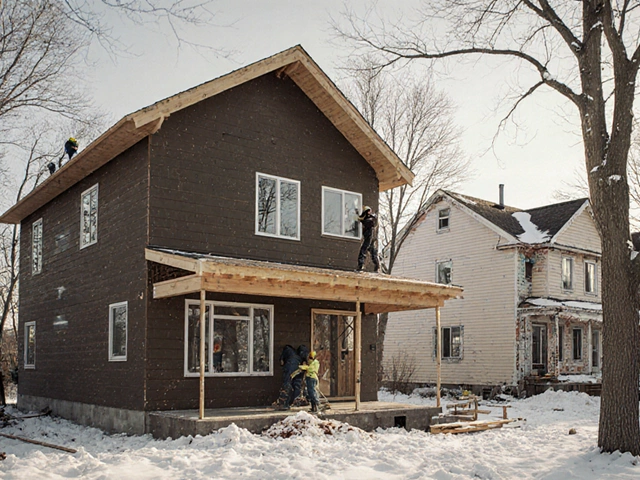Foundation Leaks: What Causes Them and How to Fix Them
Notice water seeping into your basement or damp spots on walls? That's a foundation leak. It can start as a tiny crack and turn into a big headache if you ignore it. In this guide you’ll learn the usual suspects, easy ways to stop the water now, and steps for a lasting fix.
Common reasons foundations leak
First, think about where the water comes from. Poor drainage around the house is the #1 culprit. When the soil next to your footing stays soggy, pressure pushes water through tiny gaps. Clogged gutters or downspouts that dump water right next to the wall make the problem worse.
Second, cracks in the concrete or block work act like tiny pipes. Even hair‑line cracks let moisture travel down into the slab. Over time those cracks widen because of soil movement, freeze‑thaw cycles, or settling. The post “Foundation Crack: What Happens If You Don't Fix It?” explains why fixing them early saves money.
Third, the water table can rise after heavy rain. If your property sits on clay or shale, the ground holds water longer, increasing pressure against the foundation. This is why some homes develop leaks only during the wet season.
How to stop foundation leaks
Start with the easy stuff. Clear gutters and direct downspouts at least 6‑10 feet away from the house using extensions or splash blocks. This reduces the amount of water that reaches the foundation.
Next, check the grading around your home. The ground should slope away at a gentle 1‑2% grade (about a quarter‑inch per foot). If it’s flat or slopes toward the house, add soil to create a proper slope.
For visible cracks, clean the area, then apply an epoxy injection or polyurethane sealant. Epoxy hardens and restores strength, while polyurethane expands to seal tiny gaps. The “Best Foundation Repair Methods” post has a step‑by‑step on both options.
If water keeps coming despite these fixes, consider installing an exterior French drain. A perforated pipe placed around the footing, covered with gravel and a filter fabric, carries water away before it reaches the wall. It’s a bigger job, but it stops constant moisture for good.
Inside the basement, a sump pump can manage water that still sneaks in. Make sure the pump’s discharge line leads far away from the house, and keep the pit clean.
Finally, keep an eye on the problem. Look for new cracks, damp spots, or a musty smell. Early detection lets you act before costly structural damage occurs.
Foundation leaks are frustrating, but most are fixable with the right approach. Start with drainage, seal any cracks, and upgrade to a French drain or sump system if needed. Follow these steps and you’ll keep your home dry, safe, and valuable for years to come.
Does Homeowners Insurance Cover Foundation Leaks and Repairs?

Foundation leaks can cause significant damage and stress for homeowners. Understanding if homeowners insurance covers such repairs is crucial for financial planning. This article explores the intricacies of insurance policies, what types of foundation issues they may cover, and the steps homeowners can take to ensure they are prepared for unexpected repairs. With insights into how preventive measures can mitigate risks, readers can be better informed about protecting their property and finances.
read more



